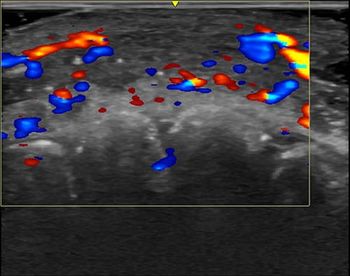
Residency programs face sweeping, divisive changes
The Accreditation Council for Graduate Medical Education has proposed major modifications to radiology residency programs that will become effective July 1. Perhaps the most controversial change is the proposal to delay independent call until residents have completed 12 months of training instead of the six currently required.
The Accreditation Council for Graduate Medical Education has proposed major modifications to radiology residency programs that will become effective July 1. Perhaps the most controversial change is the proposal to delay independent call until residents have completed 12 months of training instead of the six currently required.
Proponents argue that residents cannot master the skills needed to work safely without supervision in six months. They also contend that radiology must get in line with other specialties that do not allow residents to take unsupervised call in their first year.
Opponents argue that 12 months is just as arbitrary as six. They say independent call provides a valuable learning opportunity and criticize comparisons between first-year radiology residents and interns as unfair.
Another potentially controversial change would require all radiology residents to perform academic research and to publish or present the results of such projects at local or national meetings.
Newsletter
Stay at the forefront of radiology with the Diagnostic Imaging newsletter, delivering the latest news, clinical insights, and imaging advancements for today’s radiologists.




























